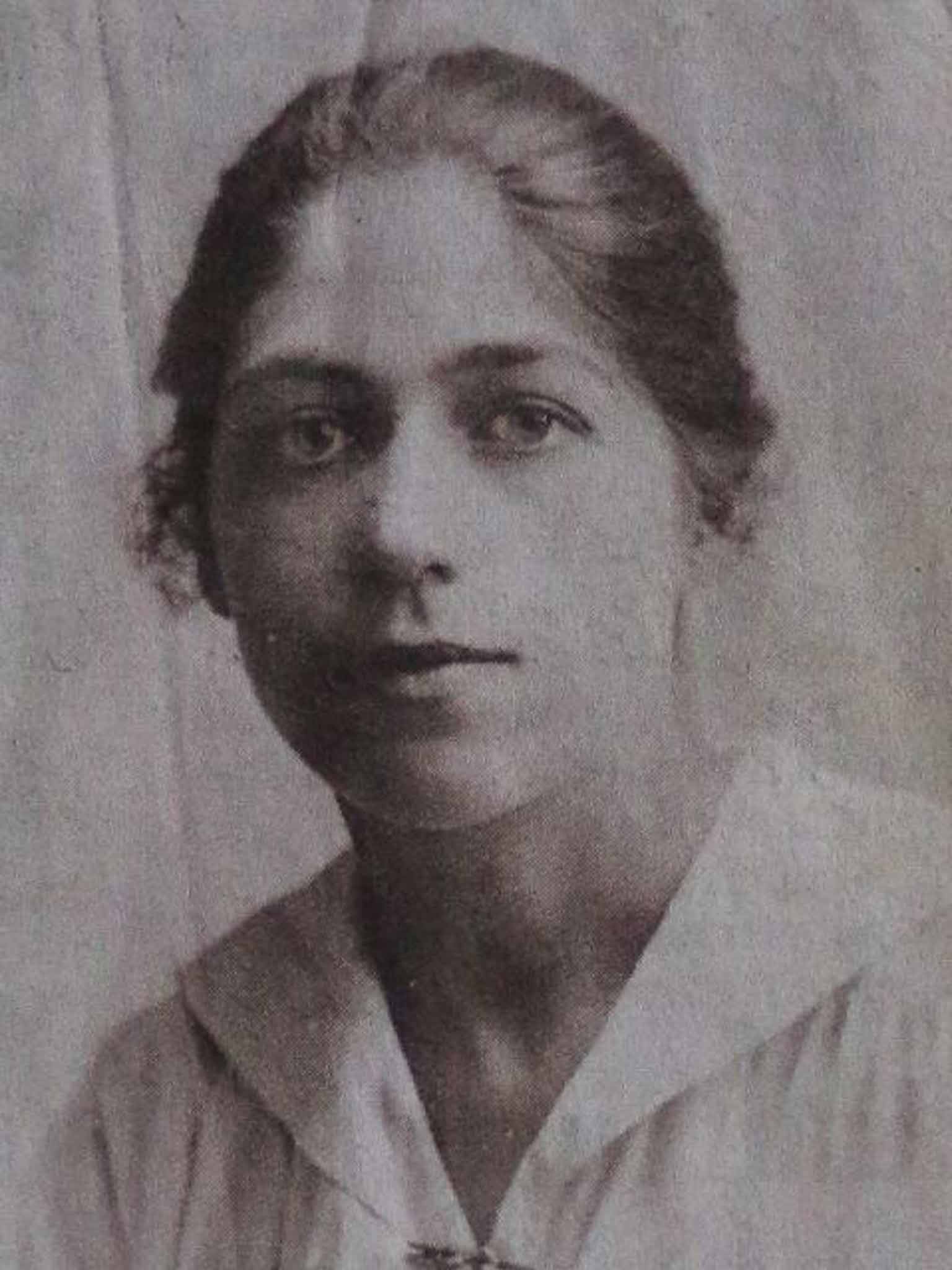Ethel Lang: Shirtmaker and coalminer's daughter whose death at 114 made her the last Victorian in Britain
She lived independently until 105, though had to stop dancing after breaking her hip in 1998

Ethel Lang's lonely distinction was to be the last child of Queen Victoria's reign left alive in Britain. Born less than eight months before the Queen-Empress died on 22 January 1901, the coalminer's daughter from Barnsley in the West Riding of Yorkshire was to live into her 115th year. With a span of 114 years and 233 days, she became one of a handful of people across the world whose memory extended longer than that of almost anyone else living. The oldest is thought to be a Japanese woman, aged 116.
Lang's mother, Sarah, who with her husband, Charles, had already had five daughters, gave birth to her on 27 May 1900. The family lived in Worsbrough Dale, on the outskirts of Barnsley. In that first week of her life, far-off China – which by that life's end would be a giant on the world stage, but was then a weak country under the last of the Qing dynasty – erupted with the Boxer insurgency that would try and fail to eject Westerners.
In India, jewel of the British Empire, Victoria's last Viceroy, Lord Curzon, was that same spring temporarily distracted from grandeur, durbars and elephants by the urgent need to stave off, with government handouts of £8.5m, the effects of a famine. At home, orphans, the poor and the elderly were still being sent to the workhouse, and child labour in mines had not yet been prohibited.
Lang would be three and a half before the age of powered flight began in December 1903, and had almost left school when Captain Scott met his end in the Antarctic, and the Titanic sank, in 1912. Her education at Worsbrough Dale School stopped when she was 13, and she found a job in the new shirt-making factory that the expanding firm of Sugden Brothers had just opened in Barnsley.
Sewing was a talent of hers that, even at school, she had found to be in demand. Always keener to use her hands than do academic lessons, she would willingly mend and alter with her needle, even for teachers who, it seems, took her out of lessons to do repairs that they themselves needed. She was also good at knitting and crochet.
The factory supplied shirts for soldiers throughout the First World War. Unlike many of her contemporaries, Lang went on to find a husband. She married well, her sweetheart being William Lang, the only son of a local councillor and alderman. He shared her birthday but was four years older. The couple tied the knot at St Mary's Church, Worsbrough in 1922 and a year later had a daughter, Margaret.
The end of Lang's spinsterhood coincided with the falling away of one of the props of Britain's far-flung empire, the alliance with Japan, in the face of the terms of the 1922 Washington Naval Treaty with the US, which, spurred by ideals of pacifism, also put a limit on the size of the Royal Navy.
The young mother in Barnsley and her husband, both born into the leading nation in the world, were by the 1930s hearing each night on their valve wireless the news of government decisions that would, by their old age, have precipitated steep decline. The "10-year rule" by which successive governments put off military spending, prevailed.
Lang's husband made his way in business as a plumber; they enjoyed dancing. As the Second World War loomed, with their daughter now a teenager, Lang took a job with a Miss Blackburn's small sewing factory in the town. In the shadow of 1940s bombings and blackouts, Lang, with family and friends, kept up spirits with sing-songs around the piano.
She resisted the fashions of the post-war world, never yielding to the social pressure of the 1950s to start smoking. Her old employer, Sugdens, had by the 1960s quietly closed its two Lancashire weaving mills, outsourcing work to the Far East – to the very places where, since the Second World War capitulation to the Japanese of Singapore, British imperial prestige had vanished.
She was 71, with a grandson, Christopher, when Britain gave up maintaining a Far East fleet. There would, however, be a brief stirring of national indignation enough to see off, with the Royal Navy's last few ships – some of them taken out of "mothballing" or saved from being scrapped or sold – the invasion by Argentina of the Falklands, when Lang was 82.
She sprang from a long-lived family, documented back to the 18th century. A great-grandmother died in 1848 aged 92; one of her sisters lived to be 104. Widowed from 1988, when her husband died aged almost 93, Lang lived independently until 105 – though she had to stop dancing after breaking her hip in 1998. She moved nine years ago to Water Royd nursing home in Barnsley; as she lived on, latterly as one of the eight oldest people in the world, she became to her carers "a bit of a star".
At the news of her death, the Press Trust of India relayed her passing, saying that she was believed to be "one of the last two living subjects of Queen Victoria." Who the other might be it did not say, but if a counterpart to Lang really does live on in the subcontinent, the former colony may yet outdo the once-mother country, even in Victorian-nessor.
Ethel Lang, supercentenarian: born Barnsley 27 May 1900; married 1922 William Lang (died 1988, one daughter); died Barnsley 15 January 2015.
Subscribe to Independent Premium to bookmark this article
Want to bookmark your favourite articles and stories to read or reference later? Start your Independent Premium subscription today.

Join our commenting forum
Join thought-provoking conversations, follow other Independent readers and see their replies